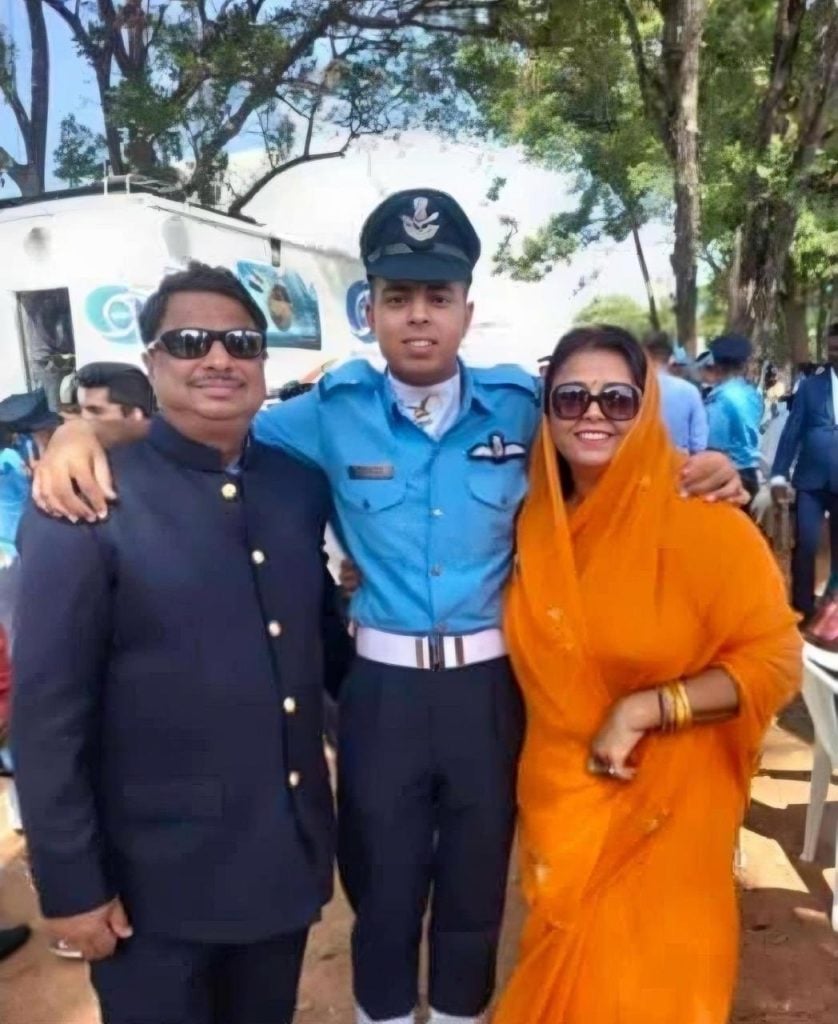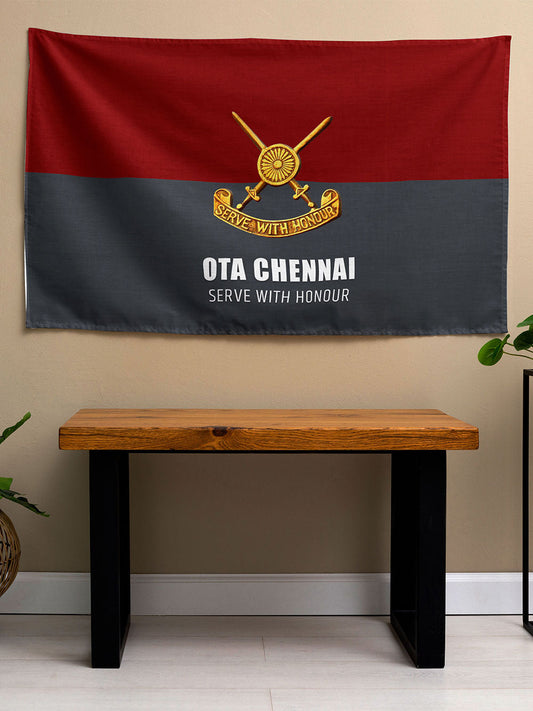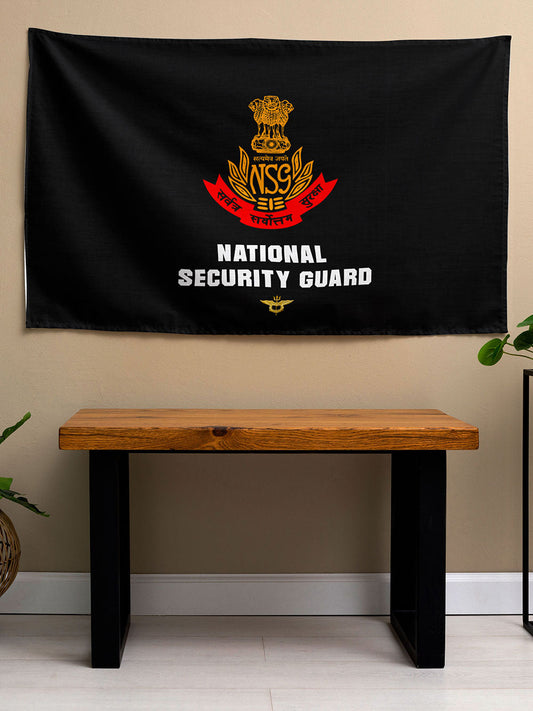Martyred IAF Pilots: Flt Lt Rishi Raj Singh and Sqn Ldr Lokendra Kumar Sindhu's Heroic Sacrifice in the Jaguar Crash

“In skies where thunder roars, they flew with valor and fell as heroes. The nation salutes Flt Lt Rishi Raj Singh and Sqn Ldr Lokendra Kumar Sindhu. Their courage will echo in the winds above forever.”
On July 9, 2025, a Jaguar trainer aircraft from the Indian Air Force (IAF) crashed during a standard training sortie in Rajasthan's Churu district, resulting in the deaths of both pilots on board. The IAF confirmed the tragic loss of Squadron Leader Lokendra Kumar Sindhu, aged 32, and Flight Lieutenant Rishi Raj Singh, aged 23. The incident took place near Bhanoda village at approximately 1:25 PM.
There were no reported injuries or property damage among civilians. The IAF has initiated a court of inquiry to determine what led to the crash.
What Happened in the Jaguar Crash?
The aircraft involved in the crash was a SEPECAT Jaguar, a dual-engine strike aircraft of Anglo-French origin. It departed from the Suratgarh Air Force Station and subsequently crashed in a field used for agriculture during a training mission. Witnesses reported hearing a loud explosion followed by the sight of black smoke rising from the crash site.
The debris was spread over a distance of more than 200 feet. A local farmer who witnessed the incident remarked that the pilot directed the aircraft away from the village to prevent civilian casualties.
This incident marks the third Jaguar crash in 2025, with previous crashes occurring in Haryana in March and Gujarat in April.
Also Read: Indian Air Force Confirms Death of Both Pilots in Jaguar Crash; No Civilian Damage Reported
Squadron Leader Lokendra Kumar Sindhu
Squadron Leader Lokendra Kumar Sindhu hailed from Rohtak, Haryana, and was a highly respected and seasoned pilot in the IAF. He entered the IAF in 2016 after completing his training at the National Defence Academy (NDA).
Family Background:
| Son of a retired university superintendent and a teacher. |
| Youngest among three siblings. |
| His sister was a short service officer in the IAF; his brother works in an MNC. |
Personal Life:
| Married during the COVID-19 pandemic. |
| Became a father on June 10, 2025, less than a month before the crash. |
| His wife was staying at her parental home in Hisar when she received the heartbreaking news. |
His family described him as not only an excellent student but also a humble officer who always aspired to fly for his country.

Flight Lieutenant Rishi Raj Singh
Flight Lieutenant Rishi Raj Singh, aged 23, came from the Pali district of Rajasthan. Known for his impressive skills, discipline, and enthusiasm, Singh’s unexpected demise has left his hometown of Jodhpur deeply grieved, with many mourning the loss of a promising "rising star."
Tributes on social media have hailed his selfless decision not to eject from the aircraft, highlighting his effort to steer the aircraft away from populated areas. His sacrifice has resonated with young people across India, symbolizing bravery that transcends age.

The Legendary No. 5 Squadron 'Tuskers'
The two officers were part of the No. 5 Squadron of the Indian Air Force, famously known as the "Tuskers."
| Established in 1948 at Kanpur. |
| India’s first bomber unit, later transitioned to Jaguar aircraft in 1981. |
| Participated in major wars — including 1965, 1971, and the Congo UN mission (1961). |
| Currently based at Ambala Air Force Station, under Western Air Command. |
The Tuskers have a significant role as a strategic deep-strike squadron, and their rich history is an integral part of India’s air combat legacy.

Jaguar Pilots: The Backbone of India’s Deep-Strike Capability
Often referred to as "Shamsher" (Sword of Justice), the Jaguar is among India’s most adaptable strike aircraft. Its capabilities include:
| Low-level penetration missions |
| Precision bombing |
| Maritime strike operations |
| Carrying nuclear weapons |
Piloting a Jaguar requires exceptional skill and calmness under pressure. The aircraft lacks modern automatic ejection systems, adding to the inherent risks of its missions.

A Harsh Reality: The Jaguar’s Ageing Airframe and Crashes
The recent crash intensifies concerns over the Jaguar fleet’s ageing condition:
| Originally designed in the 1960s. |
| Over 50 recorded crashes in 45 years. |
| On average, 2–3 accidents per year in recent times. |
| Many lack modern cockpit tech and ejection systems. |
Despite its scheduled retirement between 2032 and 2035, India continues to operate these aircraft due to a shortage of combat aircraft and the platform’s unique operational capabilities.
Modern aircraft like the Rafale, Su-30MKI, and Tejas Mk1A are anticipated to eventually replace the Jaguar fleet.
Honoring Their Legacy
Squadron Leader Lokendra Kumar Sindhu and Flight Lieutenant Rishi Raj Singh represent more than mere names in a headline; they embody duty, bravery, and the ultimate sacrifice.
Their decision to steer the failing aircraft away from civilian areas is a testament to the core values of the Indian Air Force: “Touch the Sky with Glory.”



















